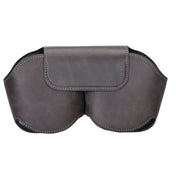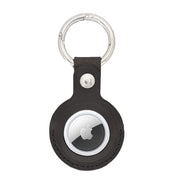When the making of leather is underway, there is sure to be a case of air pollution in the said environment. Gases are not only emitted from machinery used for manufacturing, but also from other procedures such as chemical tests and reservation.
- Extract polluted air from the atmosphere using exhaust fans and simultaneously dilute with fresh air- This can be done with various facilities and modern-day technological advancement that needs to be effectively applied by a specialist before actualizing the air treatment
- Remove causative tannery impurities from the extracted air- This procedure majorly involved the extensive removal of the dangerous contaminants that have been unleashed during the processing stage. These impurities can be very harmful to the public, and that is why strict measures have been put in place in making sure this is done and continuously carried out as an essential practice in leather making industries to eradicate and ensure a safer environment for all.
- Mask the foul-smelling air with additives- The case of foul gasses emission in leather making industries is quite inevitable as leather manufacturing undergoes so many processes.
Harmful gaseous substances are not only distributed from the machinery applied in the process but also chemical tests as well. By the application of certain additives to neutralize foul smell that can cause discomfort and harm to the public environment.
- Remove odor bearing specks of dust with cyclone separators- With the use of cyclonic separators, the process of removing harmful particles from air can be actualized with the application of specific chemical procedures that includes vortex techniques.
This, however, can also be achieved in liquid states with the use of hydro cyclone and gas cyclone devices. The rolling stream and the rotating motion bring about the removal of these particles while following a standard mechanical flow.



